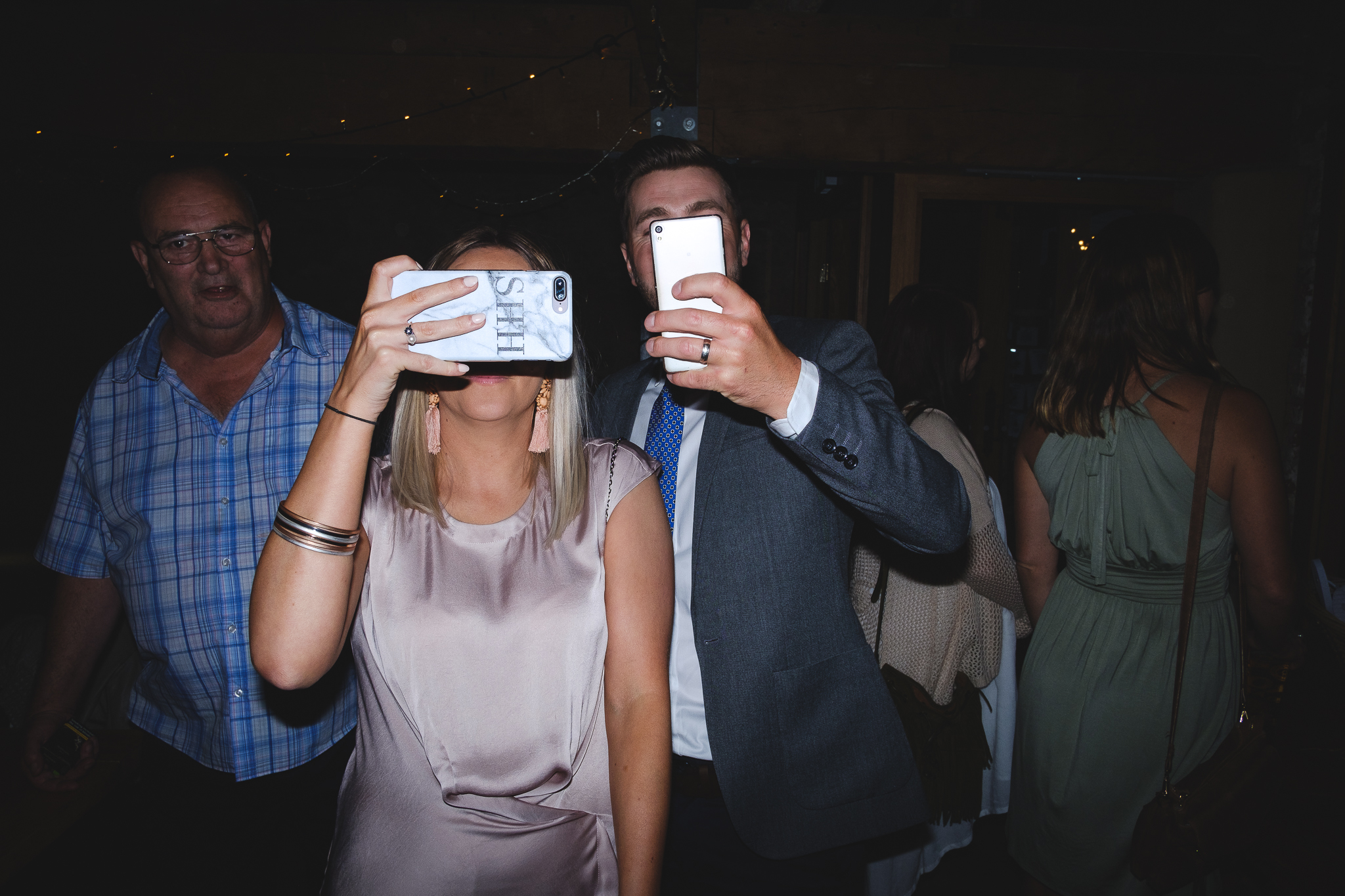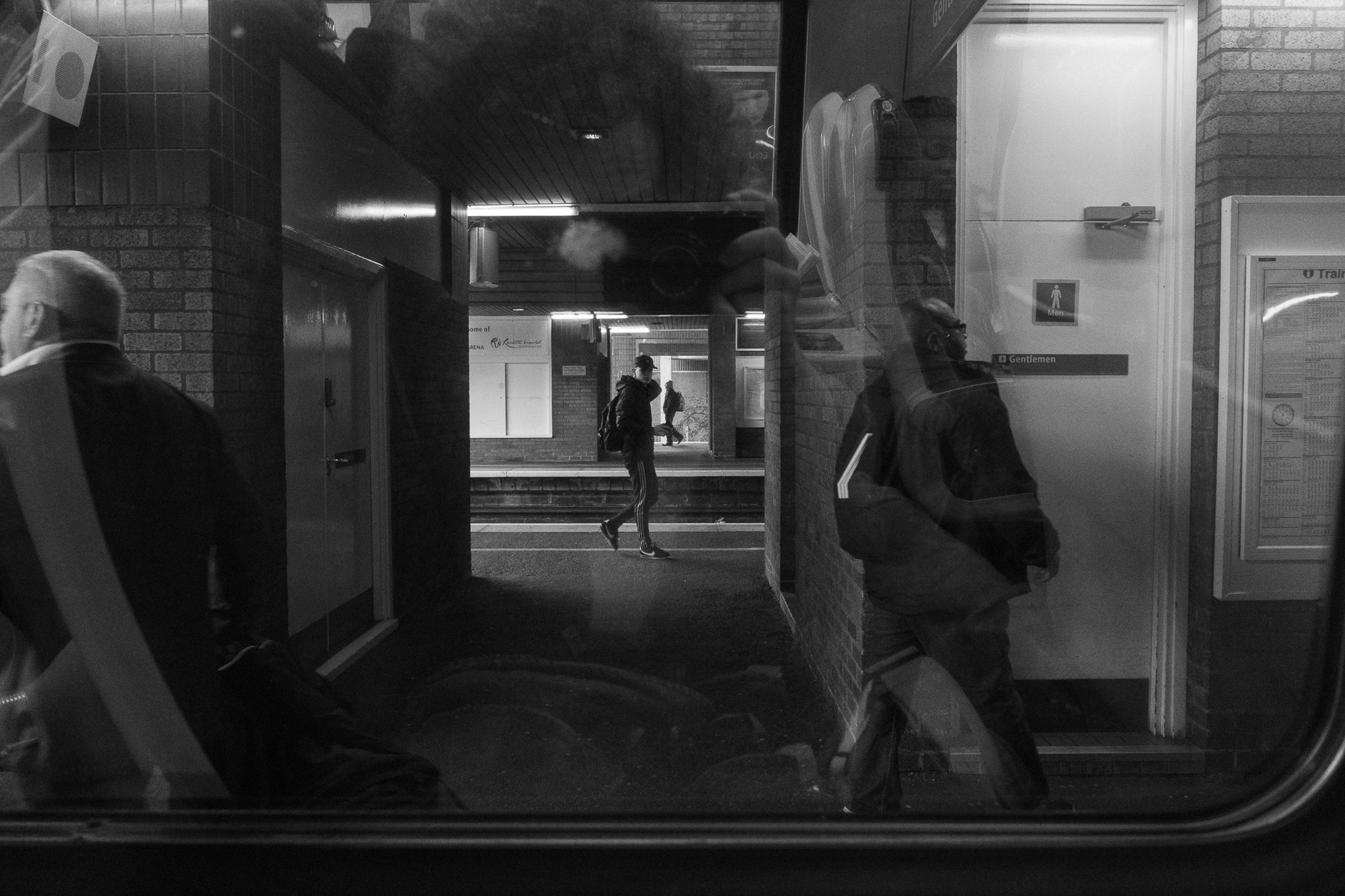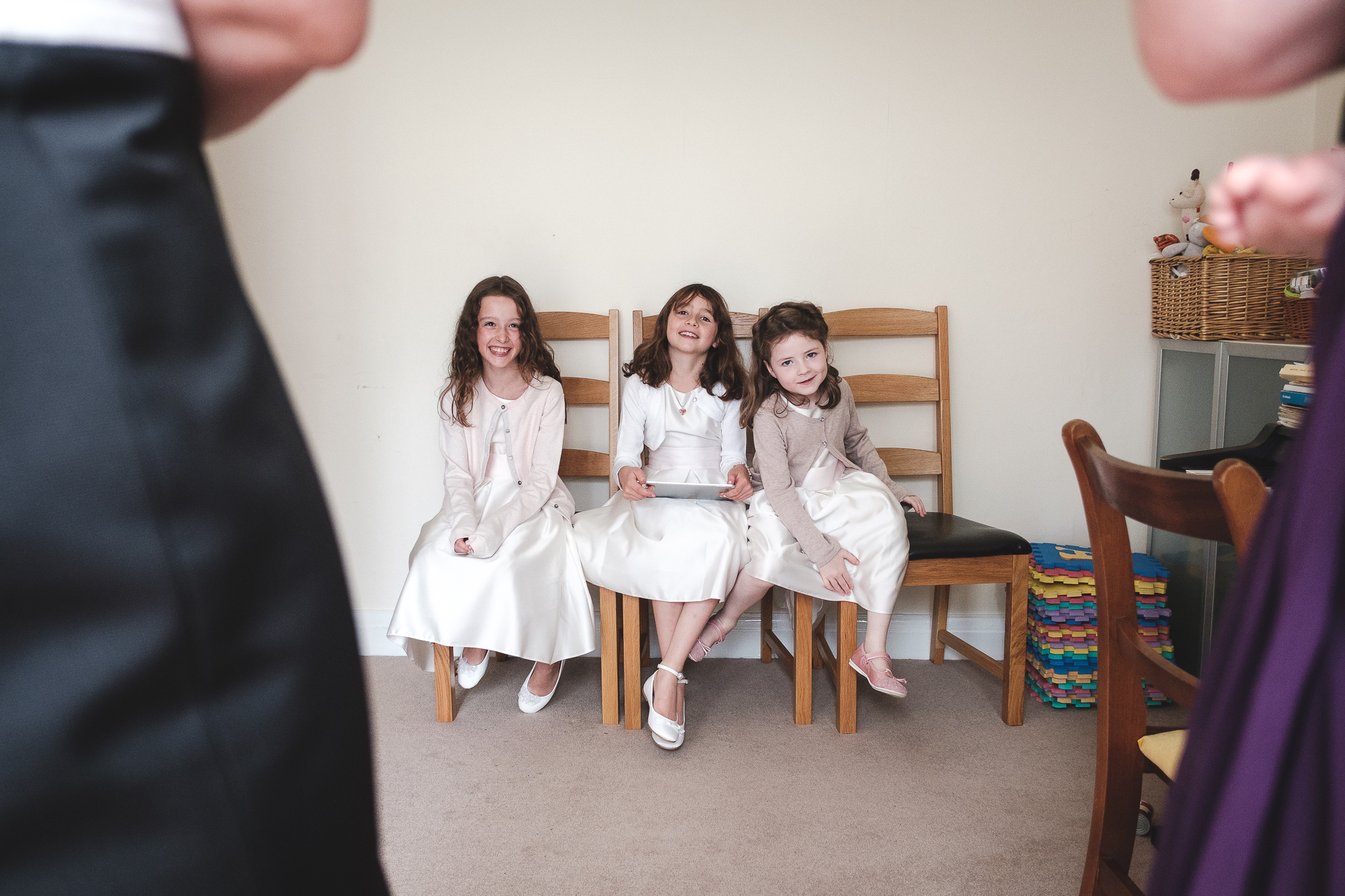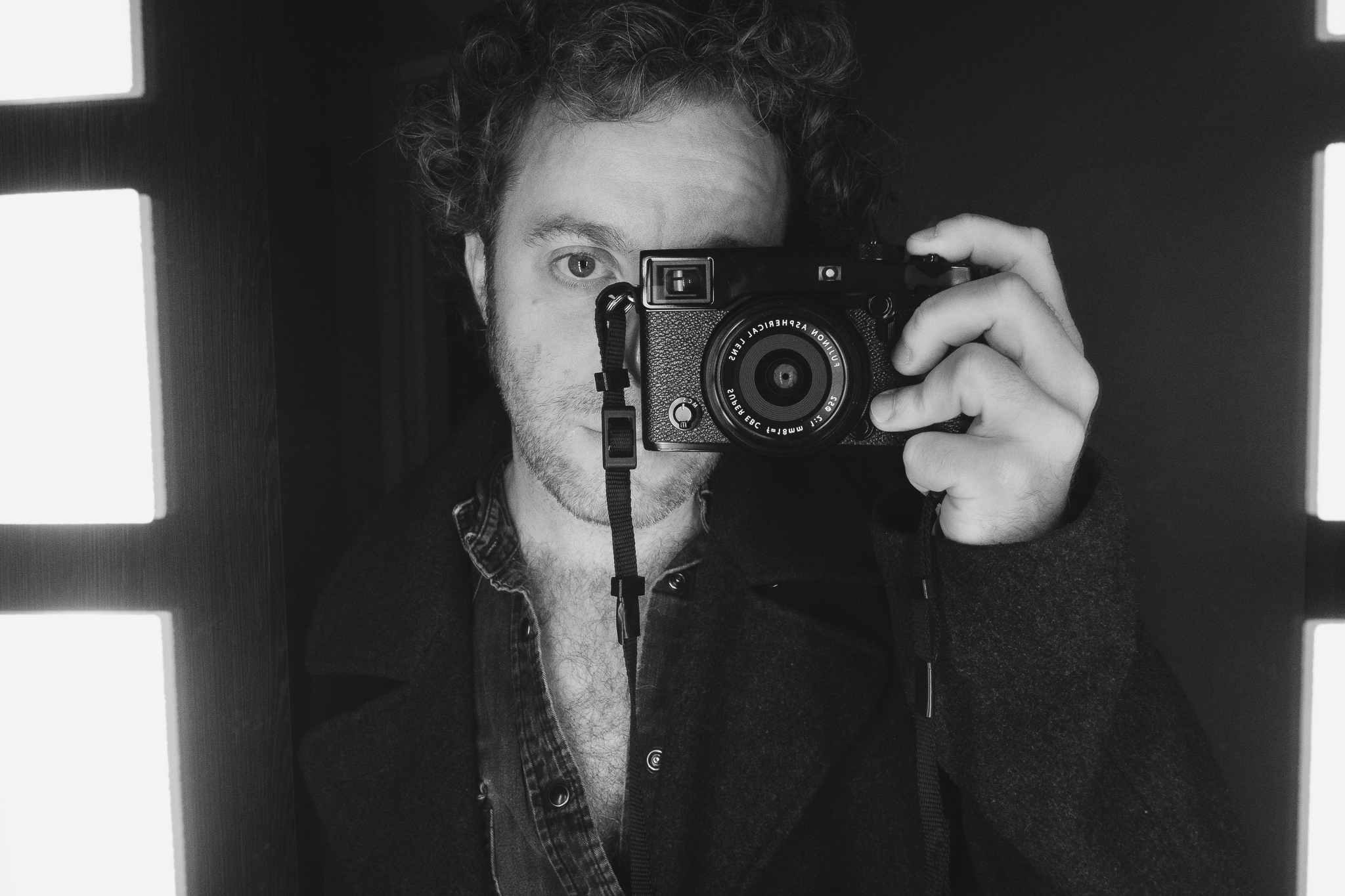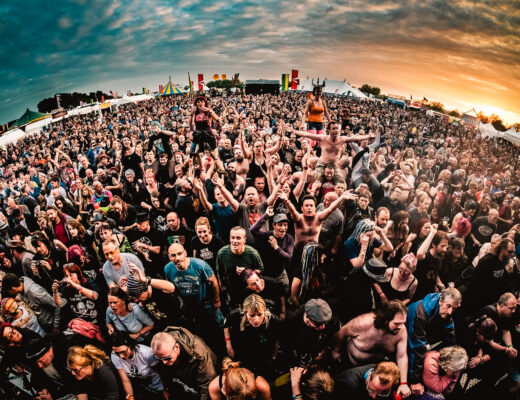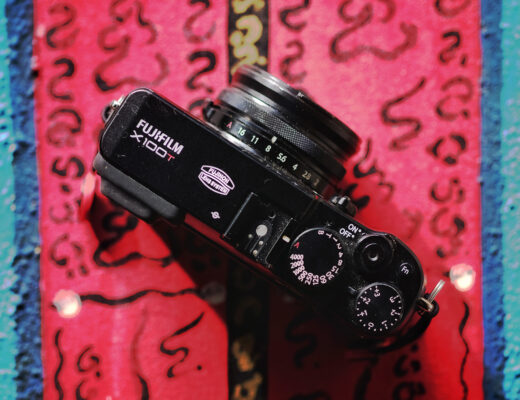The internet is a funny thing and the world of internet lens reviews is even more funny. Back when I used to read gear reviews, I used to come across articles like “the 5 sharpest lenses for Fujifilm X” or comments like “I’m tempted to sell my 56mm and buy a 90mm because OMG micro-contrast” etc. It seems like when we so spoiled for choice with excellent tools people lose focus on what the differentiating factor between lenses is. And it is simple and blindingly obvious – you should chose a lens based on its focal length, nothing more.
The other stuff like price, ergonomics, maximum aperture, build quality and the rest all have their roles, but when you boil it down a lens offers a particular viewpoint on the world and you have to love and be able to use that viewpoint for it to be worth your time and attention. Cartier-Bresson had it right when he said that sharpness is a bourgeois concept. Which brings me around to the 18mm focal length (equivalent to using a 28mm lens on a full-frame camera) and specifically the XF18mm f/2.
This was one of the first three lenses released for the X-series and the internet quickly decided it was something of a dud. A typical review will talk about the amount of software correction it needs, its distortion or how unsharp it is in the corners. In the strictest possible sense these statements are correct, but to dismiss it because there are technically more perfect lenses available or even more weirdly, recommend a different focal length is to ignore everything that makes the 18mm viewpoint so special.
I bought my XF18mm along with a XF35mm back in the annals of time when the X-Pro1 came out and today I still own an 18mm but the 35mm was sold ages ago. The reason being that despite all of the lovely technical quality and magic of that lens (and I’m being serious here, the older 35mm has a gorgeous looking image) I now understand that I see that world, in a figurative rather than a literal sense, from the 18mm viewpoint. This was an understanding that took years and required making lots of terrible images and few good ones to reach. Now, if I use a 35mm lens the act of making pictures feels like hard work, whereas using the 18mm feels simple and silky.
I use the XF18mm for documentary photography, street, weddings, behind the scenes, dance and just about everything else. It’s the lens that I carry everywhere with me. So what is so good about it? For one thing, it forces you to get close to what you are photographing.
The first time you use an 18mm lens you’ll notice that everything is pretty wide. It’s initially tough to make good images because your subject is too small within the frame. But then, once you take a big step a half forward, things get more interesting. Your subject becomes more prominent in the frame whilst revealing the background context it sits within. This is perfect for any image where the story you want to tell is a person and their environment. Aside from the compositional benefits, I feel it is important to be comfortable photographing people close-up. Getting close to people allows to you see all of the small movements and details that make up their personality. It also forces you to chat and be social with people in a way that lets them relax and accept your presence. It’s tough to start off with but pays huge dividends when you start looking at the images you’ve shot.
The other reason I love the XF18mm is much harder to explain. I’ve thought about it a lot and I don’t know why this is the case but I find it is much easier to be funny with this lens. I’m big fan of humour in photographs and when I’m photographing a wedding I’m all about the weird and funny things that people do. I sometimes wonder if it is because I associate the field of view with photographers like Garry Winogrand, who used a 28mm lens on his Leica M4s and was a master of playful documentary. Whatever the reason is, I use the XF18mm to inject some whimsy into my work.
So why is there so little love for this lens, beyond the overdone technical criticism? My theory on this is that the 28mm equivalent viewpoint is a harder, more unnatural viewpoint to master. A wider lens offers opportunity for instant grandeur and eye-catching scale, while a normal lens allows for photographing scenes at a comfortable distance. A 28mm equivalent lens is has a 76 degree angle of view, which is sort of, roughly, kinda like what human vision is like when we focus on a subject. Humans have a comfortable area of binocular vision of around 60 degrees. Try this – look across the room you are in at an object on the other wall. Stare at it for 10 seconds or so and then become aware of what’s in the periphery of your vision. This is roughly what you are getting from this lens.
If all of this is not enough to convince you to try this lens then let’s run through the other stuff. First off the image quality is easily good enough. The amount of times I’ve rejected an image for technical reasons with this lens is precisely zero. Brick wall photographers will certainly disagree.
The build quality is great. Last year, I pulled this lens out of my bag at wedding, fumbled and lost my grip on it, and ended up flinging it 10 feet across a garden onto a concrete patio – no lens cap or hood. The manual focus system was broken but the autofocus and optics were undamaged and I just carried on with what I was doing. When I got home the next day, I immediately bought another used copy of this lens on eBay and it’s been going strong though the daily abuse I’ve put it through ever since.
Which brings me onto the price, you can pick up this lens, in used but great condition for around £250 – which really is something of a bargain. And finally, it’s small and light and turns just about any X-series body into a perfect take everywhere camera. In any situation where you don’t want people around you to be aware of your camera the XF18mm is basically transparent.
When something becomes unfashionable on the internet people tend to gloss over it rather than evaluate it on their own merits. The truth of the matter is that that you have to find which tools fit your style rather than rely on the wisdom of the crowd. The technical drawbacks of this lens are essentially meaningless when put up against its strengths. In the constellation of beautiful and optically perfect Fuji lenses, this scruffy little thing is the one I’m using.
Yeah, and you can use it for selfies.








